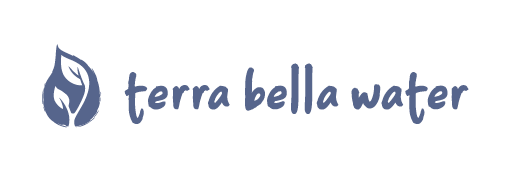The Art of Rainwater Harvesting
For far too long the management of water has been seen as utilitarian; something to be hidden. Initially flooding was the focus of controlling rainwater. That is still the case, especially in urban areas. But as the drought tightens its grip on many parts of the western U.S. (and other parts of the world), highlighting the conveyance of rainwater, for bioretention, large cisterns or simply diversion, is a wonderful and creative opportunity.
Celebrating water catchment models best practices, provides logistic alternatives, becomes an educational tool and identifies possibilities for integration into a complete landscape design or cityscape. At the same time, highlighting the mechanics of water management creates an environment of acceptance, awareness and even whimsy. Of course decorative water fountains are nothing new. The community source of drinking water was a public fountain going back to the Romans and the Arabs. Indoor plumbing and the ability to pump water changed the urban fountain into an object simply for visual pleasure. The conveyance of the spouting water was hidden, joyfully mysterious for children. Thanks to many creative people who specialize in public art, that may be changing a bit.
The recently published “Artful Rainwater Design: Creative Ways to Manage Stormwater” by Stuart Echols and Eliza Pennypacker is an outstanding resource that speaks to the idea of flaunting not hiding our work. We can achieve utility while making it visually pleasing. Any project will have its specific challenges. These can range from topographical issues to necessary water treatment. Rainwater harvesting professionals should embrace the potential to provide a positive impact not only on clients but on the larger community as well. Designing and planning for visibility might limit the use of some components but can also open up potential solutions previously considered not feasible.
Schools present an especially rich opportunity. Visible collection and waterways are tangible examples of physics, math, art and environmental science. And the wildlife that naturally appears near these water ecosystems makes biology an added attraction! Small scale rainwater harvesting systems are usually not adequate for even small residential irrigation, so let’s focus on them as functional art, or habitats, or simply celebrate them as an opportunity to enjoy proximity to water. Water shouldn’t be taken for granted or dismissed as something “important” but at the same time easy to ignore. We need to adjust not only how we use our water, but how we move it, collect it, and disperse it.
Another reason to honor water is that the sound of moving water has proven to have a calming effect on people (Jesper Alvarsson, Stockholm University) . Engaging people as well as wildlife, we are drawn to water. We seek out waterfalls, rivers, lakes, snow, and oceans. A large part of our recreational activities involve water.
You might be surprised to know that many of the most famous works of art (specifically paintings) include water; even the “Mona Lisa” has water in the background!
